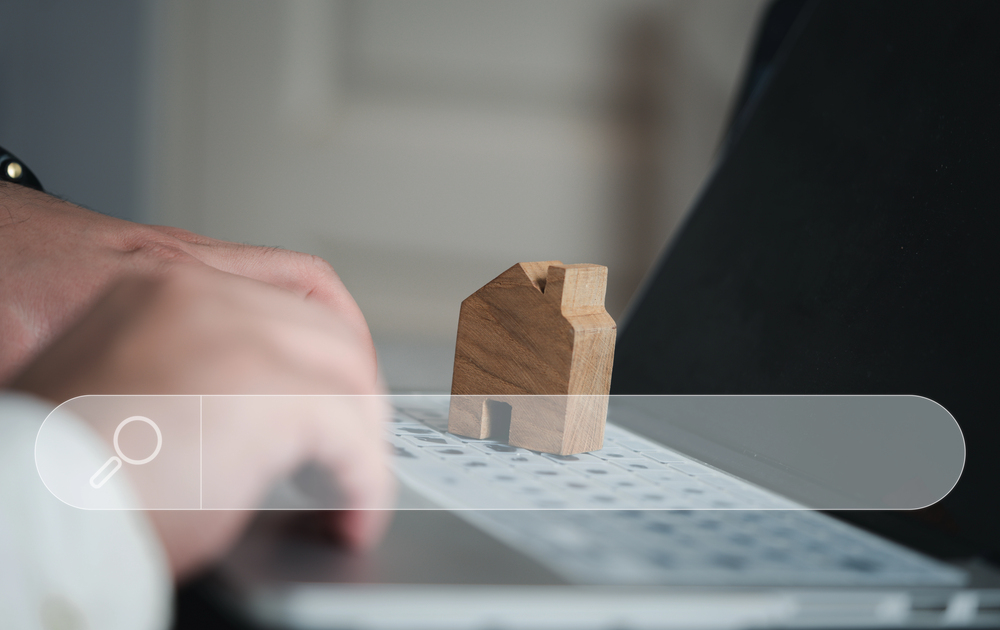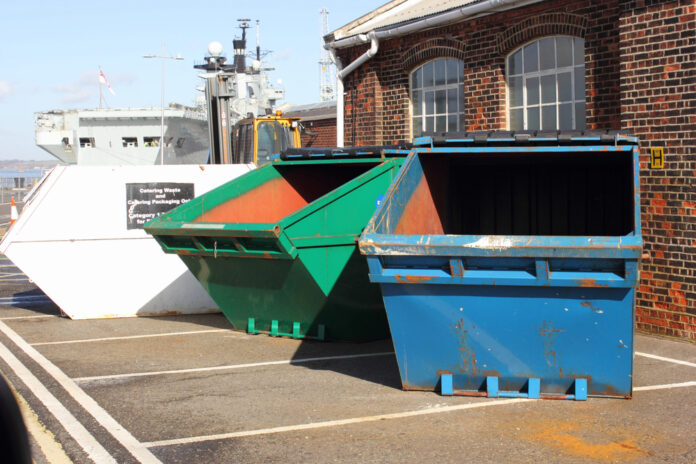If you’re planning a clear-out, renovation, or end-of-tenancy tidy, mastering filling a skip the right way is the most straightforward tactic to save money, avoid failed collections, and keep your project on schedule this step-by-step guide from easySkip UK draws on 15+ years of real-world jobs across Britain to help you choose the right size and load it like a pro.
Why Loading Technique Matters More Than You Think
Most people focus on booking a skip hire near you and forget the pivotal bit: how you load it. A well-packed skip can hold 20–30% more, often meaning one container instead of two. That’s less spending, fewer permits, and a cleaner site. It also keeps the driver, the public, and your property safe, no teetering wardrobes or rogue nails to worry about.
Choose the Right Size Before you Touch a Single Box
Picking the correct container is half the battle. In practice, you’re balancing bulk, access, and the sort of waste you’ve got.
-
4-yard:
Perfect for small garden spruces, box-room clear-outs, and light DIY waste.
-
6-yard:
The classic “builder’s” choice kitchens, bathrooms, mixed refurb debris.
-
8-yard Skip Hire:
The UK’s medium-project workhorse. Ideal for multi-room declutters, bulky furniture, and packaging from new appliances or furniture deliveries.
Rule of thumb: if your three bulkiest items wouldn’t lie flat in a 4-yard, step up. If you’re edging between 6 and 8, remember furniture is bulky rather than heavy. An 8-yard skip hire is often the better value for volume without flirting with weight limits.
The Golden Loading Order (and Why it Works)
Years of on-site experience have taught us a simple sequence that just works:
1. Lay a Flat Base with Sheets and Doors
Start with the largest flat items, old internal doors, dismantled wardrobes, and worktops. This creates a stable platform and protects the base of the skip.
2. Bulky but Light Items Next
Sofas, mattresses*, and chipboard panels go in early so you can wedge around them. Keep cushions intact rather than ripping foam; it’s safer and easier to compact.
3. Bagged Waste and “Soft Gaps”
Use rubble sacks and bin bags to fill voids. Think Tetris: every gap is capacity you’ve already paid for. Stand near the skip and “feed the corners”.
4. Heavy or Dense Materials Sparingly
Bricks, tiles, and soil rack up weight quickly. Spread them in thin layers rather than dumping them in one corner. If you have a lot of hardcore, discuss a dedicated solution with easySkip UK before you book.
5. Top Off Level, Never Above the Sides
A neat, level top prevents refusal at collection. Anything jutting out can make the load unsafe on the road.
* Check local acceptance guidelines for upholstered seating and mattresses; some councils and facilities require segregation. Your provider will advise the best approach.
Smart Dismantling Beats Brute Force
You don’t need to be a carpenter to gain extra capacity, just a screwdriver, a handsaw, and five minutes’ patience.
- Take legs off sofas and tables to free up cubic space.
- Flatten boxes and cut long timber to length so it lies flat.
- Remove drawers from chests and stack them like trays; they’re excellent “containers within the container” for small offcuts and cable.
The “No Thanks” List (and Safer Alternatives)
Across the UK, general skips don’t accept: fridges/freezers, TVs/monitors, gas cylinders, paint/solvents, tyres, clinical waste, batteries, or asbestos. Many electricals (WEEE) need a separate stream. If you’re unsure, call before loading. Two minutes on the phone saves a costly unload.
For upholstered seating and mattresses, providers may ask you to load them last or group them on one side to ease segregation downstream. That’s compatible with all sizes, including 8-yard skip hire.
Access, Permits, and Neighbourly Sense
-
Driveway vs Road:
A private driveway is easiest. If the skip sits on the road, you’ll likely need a council permit; book a few days ahead.
-
Protect the Surface:
Old boards or plywood prevent scuffing on block paving or tarmac in hot weather.
-
Give the Driver Room:
Skip lorries need swing space. Keep the approach clear on delivery and collection days.
-
Be Neighbour-friendly:
A quick note through the door avoids parking stand-offs and makes the whole process smoother.
Weight Limits and Why “Level Load” is Non-negotiable
Skips are licensed to be carried safely on public roads. Overfilling past the rim or packing all the weight at one end risks refusal or re-handling fees. Keep the top flat and evenly distribute heavy materials. Think like a lift: even loading, sensible maximum.
If your job is rubble-heavy, ask about dedicated muck-away options. It’s often cheaper and safer than trying to cram dense waste into a general 8-yard.
Business Users and Landlords: Keep your Paperwork Tidy
If you’re clearing a rental or refurbishing multiple units, the practicalities are the same, with two extra steps:
- Accurate description of your waste on the transfer note—especially if you’ve got seating or mattresses that need segregation.
- Keep records of dates, volumes, and the licensed carrier (that’s us). It’s simple, and it keeps audits painless.
The “Skip Hire Near You” Checklist (to Book with Confidence)
1. Right Size, Right Spot:
Decide between 4, 6, and 8 yards; confirm drive or roadside placement.
2. Transparent Pricing:
Ask what’s included (delivery, collection, POPs-related handling if relevant, permit support).
3. Delivery Window you Can Plan Around:
Critical if trades are booked.
4. Wait-and-load Option:
Handy when permits are difficult to obtain or street space is tight.
5. Clear Acceptance List:
Know what’s in, what’s out, and how to load special items.
When you’re comparing providers, you’re not just buying a metal box; you’re buying reliability, advice, and a safe, legal outcome. That’s where an experienced team like easySkip UK earns its keep.
Loading Like a Pro: Quick Wins From the Field
- Stage your waste before the skip arrives. Build three piles: flat/long, bulky light, and bagged. Loading will be twice as quick.
- Break, don’t bend: bending panels wastes space; cut or unscrew to keep everything flat.
- Use the “lid test”: if you could put a lid on the skip without it bowing, you’re within level-load limits.
- Keep it dry: waterlogged sofas or carpet weigh more and are harder to handle. Cover overnight with a tarp if rain threatens.
- Finish with filler: keep a sack of small, non-hazardous bits to top off the last 5–10 cm. That’s your free capacity.
When an 8-yard Shines and When it Doesn’t
Shines for:
Multi-room declutters, furniture turnover, landlord changeovers, and packaging mountains after new installations.
Less Ideal for:
Heavy hardcore, large volumes of soil, or complete structural demo waste. Talk to us about a different set-up for those.
Remember:
8-yard skip hire isn’t about brute strength; it’s about volume efficiency for everyday British projects.
Putting it All Together
Excellent outcomes follow a simple pattern: pick the right size, place it sensibly, and load in a calm, logical order. Do that, and your skip becomes a quiet background player, not the drama queen of your project. Whether you need a compact 4-yard, a do-it-all 6-yard, or the roomy reliability of an 8-yard, book skip hire near you with a team that answers questions upfront and turns up when they say they will.
At easySkip UK, they’ve seen every kind of load under the clouds of Britain from attic antiques to post-reno rubble. The customers who save the most don’t cut corners; they stack smarter. Start by mastering filling a skip the right way, keep your load level and safe, and you’ll finish with a clearer home, a tidier site, and change left in the budget for the next job.
Find a Home-Based Business to Start-Up >>> Hundreds of Business Listings.

















































